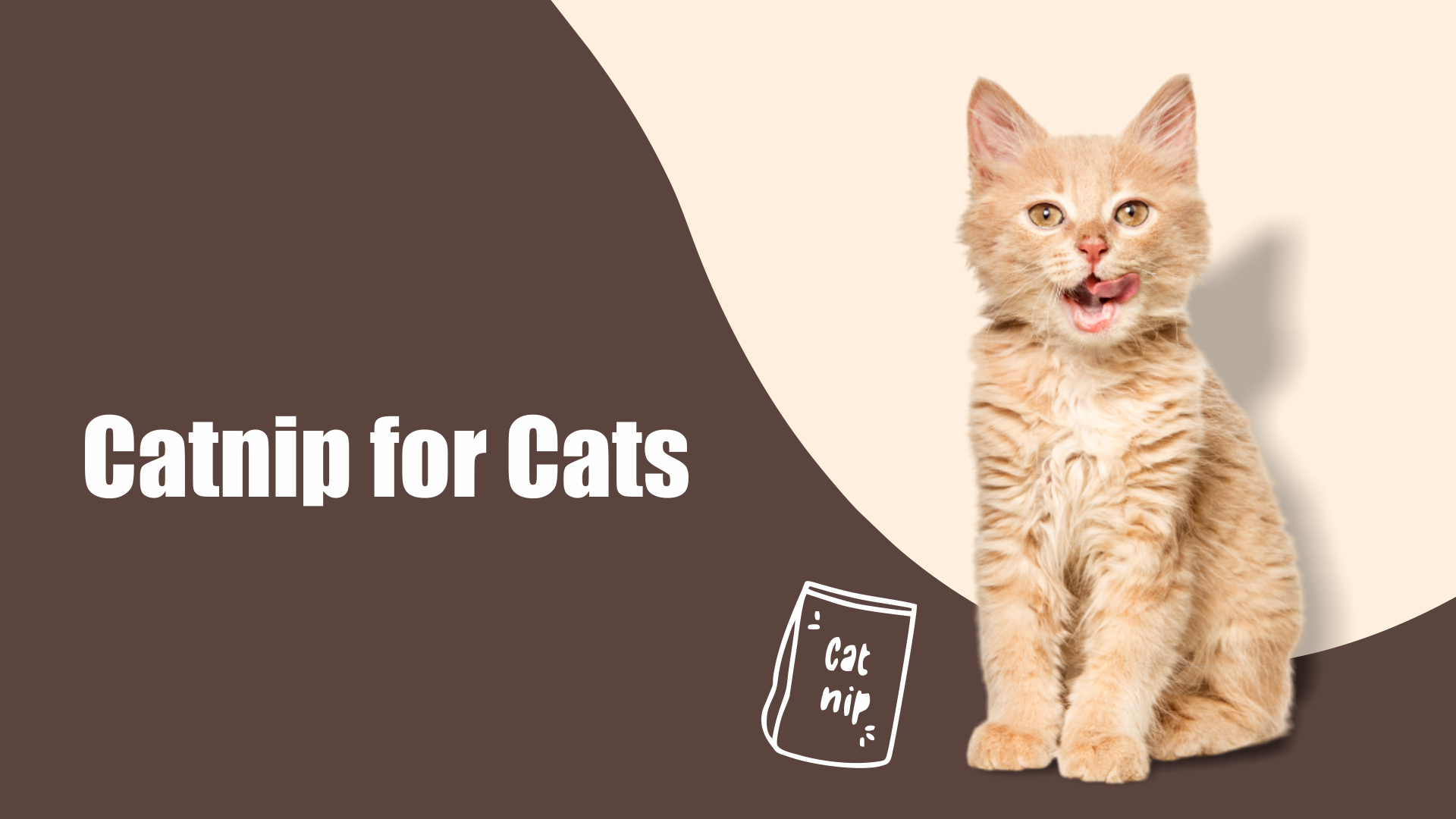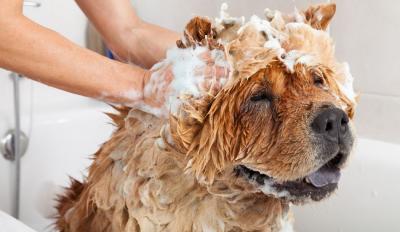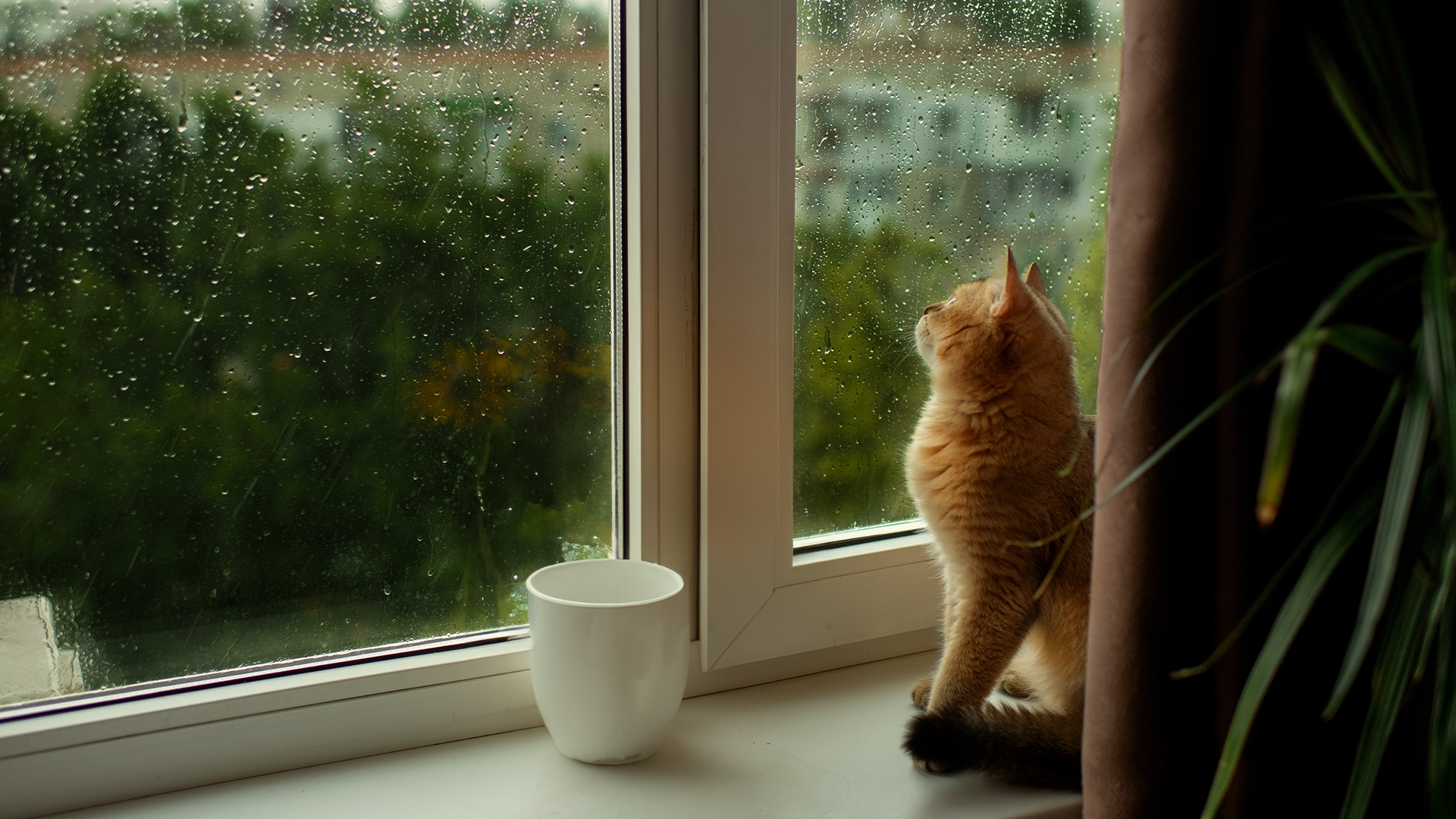Catnip for Cats: What It Is and Its Surprising Benefits

Cat owners often wonder about the mysterious herb that drives their feline friends into playful frenzies. This herb, known as catnip, is widely popular for its unique effect on cats. But what is catnip? How does it work, and is it safe for your pet? In this article, we will explore what catnip is used for, its benefits, and how to use it safely.
What is Catnip?
Understanding Catnip
Catnip, scientifically known as Nepeta cataria, is a plant from the mint family. It contains an active compound called nepetalactone, which triggers a reaction in cats. When cats come into contact with catnip, they often roll around, purr, and exhibit playful behavior. But what is catnip made of? Besides nepetalactone, catnip contains essential oils that make it aromatic and attractive to felines.
How Does Catnip Affect Cats?
The catnip effect on cats is fascinating. When inhaled, nepetalactone binds to receptors in a cat’s nose, stimulating neurons connected to their brain’s pleasure center. This reaction creates euphoria, leading to playful and hyperactive behavior. However, when eaten, catnip has a calming effect, making it a useful tool for relaxation.
How Does Catnip Work?
When a cat smells catnip, its brain releases endorphins, causing temporary excitement. Some cats may pounce, chase invisible prey, or roll in joy. Others may relax and purr contentedly. The response lasts about 10–15 minutes, after which the cat becomes indifferent to catnip for a while.
Benefits of Catnip for Cats
Encourages Play and Exercise
One of the biggest benefits of catnip for cats is that it promotes physical activity. A sedentary cat can become overweight, leading to health problems. Using catnip can encourage your feline to engage in play and stay active.
Reduces Stress and Anxiety
Many pet owners ask, is catnip good for cats? The answer is yes, especially for anxious cats. Catnip helps alleviate stress and promotes relaxation, making it a great choice for travel, vet visits, or introducing a new pet at home.
Improves Training and Behavior
Using catnip as a training aid can help cats adopt good behavior. For example, sprinkling catnip on scratching posts can keep cats from scratching furniture. How to use catnip effectively depends on your cat’s specific needs.
Promotes Mental Stimulation
Catnip provides cognitive enrichment, preventing boredom and destructive behavior. Interactive catnip toys keep cats mentally engaged and satisfied.
Safe and Non-Addictive Fun
Many pet owners worry, is catnip bad for cats? The good news is that catnip is completely safe and non-addictive. Cats can enjoy it without negative long-term effects.
Different Forms of Catnip for Cats
Dried Catnip
Dried catnip is the most common form, available in pet stores. It can be sprinkled on toys, scratching posts, or bedding to encourage play.
Catnip Toys
Catnip-filled toys are a fun way for cats to engage in playful activity. These toys help redirect a cat’s natural hunting instincts.
Catnip Sprays
Catnip sprays are a mess-free alternative, perfect for encouraging cats to use scratching posts or cat trees.
Fresh Catnip Plants
Growing fresh catnip at home provides a natural source of entertainment for your pet. It’s also easy to grow indoors.
How to Use Catnip Safely

Below given are few ways about how you can use catnip safely:-
Dosage and Frequency
Moderation is key when using catnip. Giving it to your cat too frequently may reduce sensitivity over time. Offer catnip 1-2 times a week for the best results.
Best Ways to Introduce Catnip
If your cat is new to catnip, start with small amounts. Sprinkle it on toys or a scratching post to gauge their reaction.
Tips for Catnip Success
- Store dried catnip in an airtight container to maintain potency.
- Use catnip as a reward for positive behavior.
- Avoid using catnip on aggressive cats, as it may overstimulate them.
Myths and Facts About Catnip
- Myth: All cats respond to catnip.
- Fact: About 30% of cats lack the genetic sensitivity to catnip.
- Myth: Catnip is harmful to cats.
- Fact: Catnip is safe and non-toxic when used correctly.
- Myth: Cats become addicted to catnip.
- Fact: Cats do not develop dependency on catnip.
Can Catnip Be Used for Kittens?
Kittens under three months old usually do not respond to catnip. Their reaction to catnip develops as they grow older. If you have a young kitten, wait until they reach maturity before introducing catnip.
Conclusion
Catnip is a fantastic way to entertain and enrich your cat’s life. Whether used for play, training, or relaxation, it offers numerous benefits. If used correctly, catnip can be a safe and enjoyable addition to your feline’s routine. Does your cat love catnip? Try different forms and discover their favorite!
FAQs
What is catnip, and is it safe for cats?
Catnip is a plant that produces euphoria in cats when smelled and relaxation when eaten. It is completely safe.
How often can I give my cat catnip?
You can offer catnip once or twice a week to prevent overexposure and maintain effectiveness.
Why doesn’t my cat react to catnip?
Some cats lack the genetic sensitivity to catnip, which is inherited from their parents.
Can catnip calm a stressed cat?
Yes, consuming catnip can help a cat relax, making it beneficial for stressful situations like travel.
What are the different types of catnip products?
Catnip is available in dried form, as sprays, within toys, and as fresh plants.
Is catnip harmful if my cat eats it?
No, catnip is safe if ingested. However, excessive consumption may cause mild digestive issues.
How do I grow fresh catnip at home?
Catnip grows best in well-drained soil with plenty of sunlight. It’s easy to maintain in pots or gardens.























The information below is required for social login
Create New Account